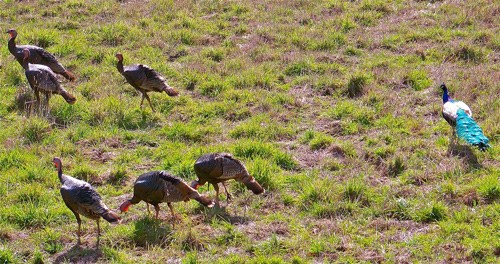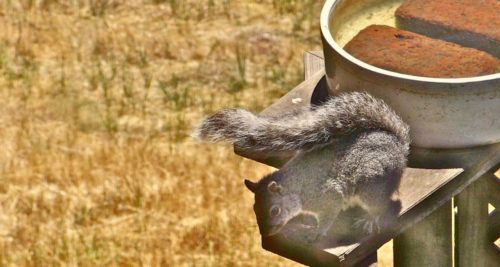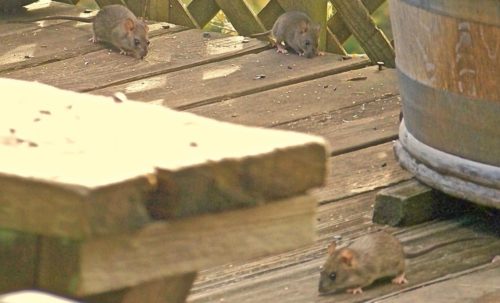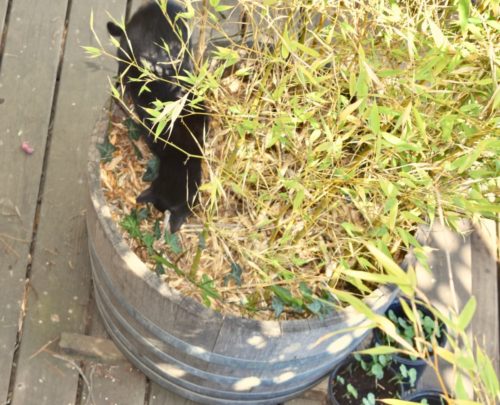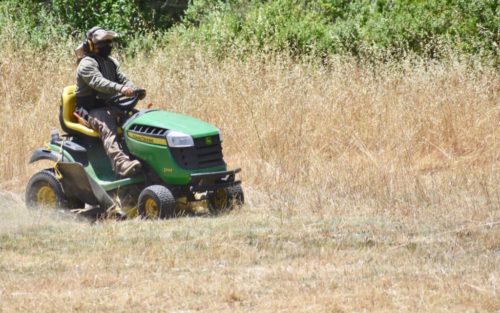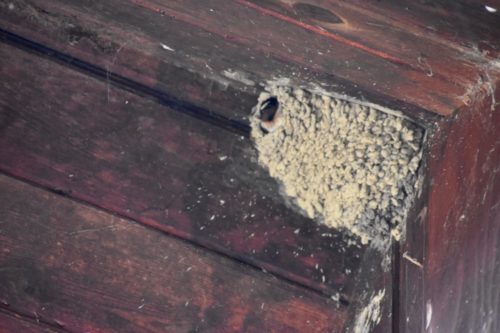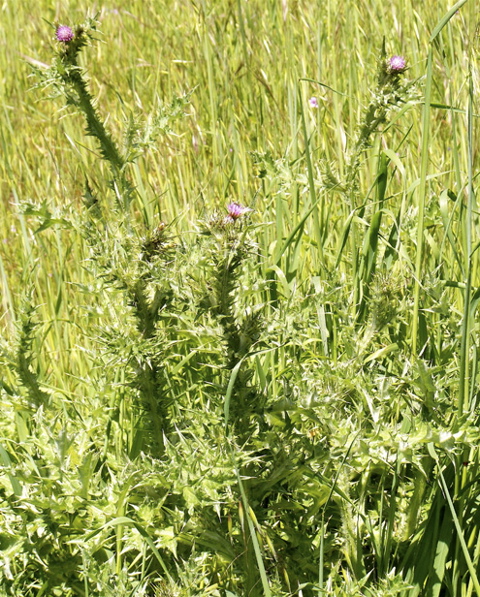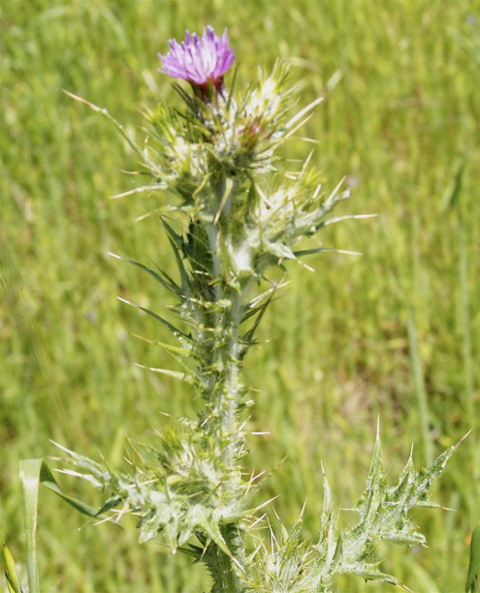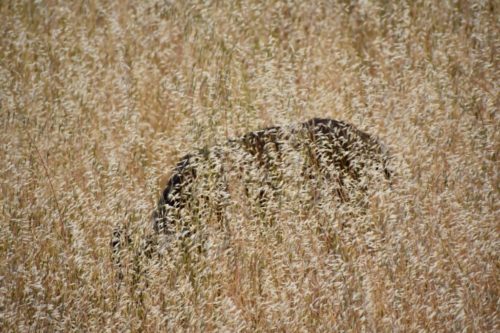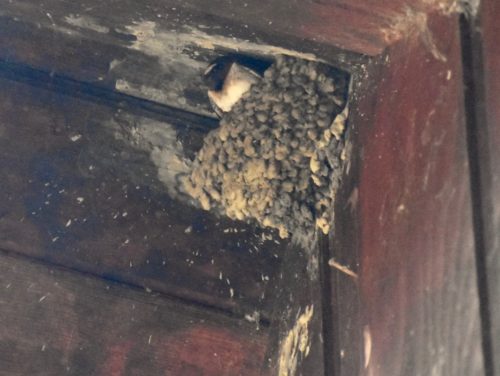Sat 26 Jun 2021
Enjoying nature shouldn’t be second nature for us
Posted by DavidMitchell under Uncategorized
1 Comment
Caveat lectorem: When readers submit comments, they are asked if they want to receive an email alert with a link to new postings on this blog. A number of people have said they do. Thank you. The link is created the moment a posting goes online. Readers who find their way here through that link can see an updated version by simply clicking on the headline above the posting.
_________________________
As often happens, just when I was wondering what to blog about this week, the wildlife around Mitchell cabin showed up to provide material.

A cliff swallow sails up to a nest under our eves. Over the past month, swallows have built the nest two stories up over our kitchen.
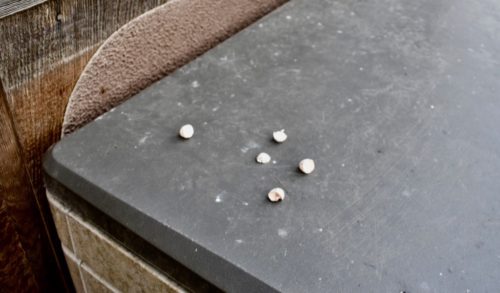
By now, the first clutch of eggs has hatched. Given how high the nest is, Lynn and I found it amazing that parts of three shells landed fairly intact on a woodbox below after being pushed out when no longer needed. A bit of blood can be seen in the near shell.
From what I read, “The breeding season for swallows lasts from March through September. They often produce two clutches per year, with a clutch size of 3 to 5 eggs. Eggs incubate between 13 and 17 days, and the chicks, fledge in 18 to 24 days.”
This makes me suspect we’ll see another crop of chicks this summer,
_______________________
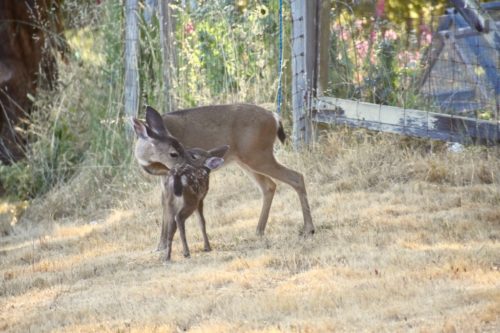
A blacktail doe and one of her fawns nuzzling each other struck Lynn and me as an extremely happy scene. However….

Lynn was far less happy when the doe and fawns headed to the nasturtium bed she recently planted, forcing her to start walking up to the deer family before they moved on.
_______________________
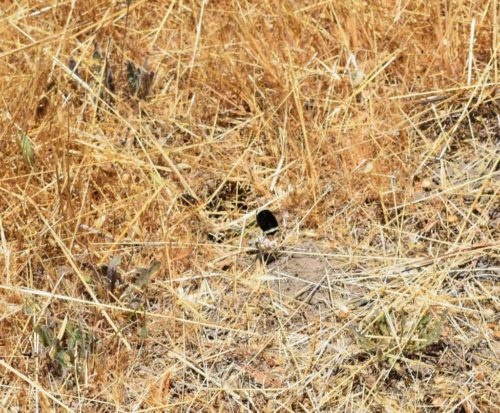
A bumblebee heads downhill to its swarm’s hole in the dirt. When we were getting the fields around Mitchell cabin mowed and weed whacked on June 10, as was reported here, the workers did a great job but had to leave one patch of grass untrimmed; when they went near it, they were met by a swarm of bumblebees. By being alert, I was able to sneak into the patch twice a few days later to finish the job. In the process, I finally located their well-hidden nest. I’d not seen one before.
_______________________
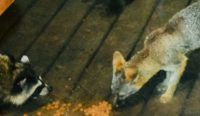
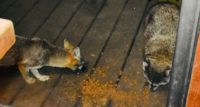
Some oddities are always the same, so to speak. Last week I posted the photo at left of a raccoon and fox I’d seen dining together just outside our kitchen door 10 days ago. Thursday night I spotted the same dinner companions but with positions reversed. There’s nothing like a few handfuls of kibble to bring about inter-species harmony.


